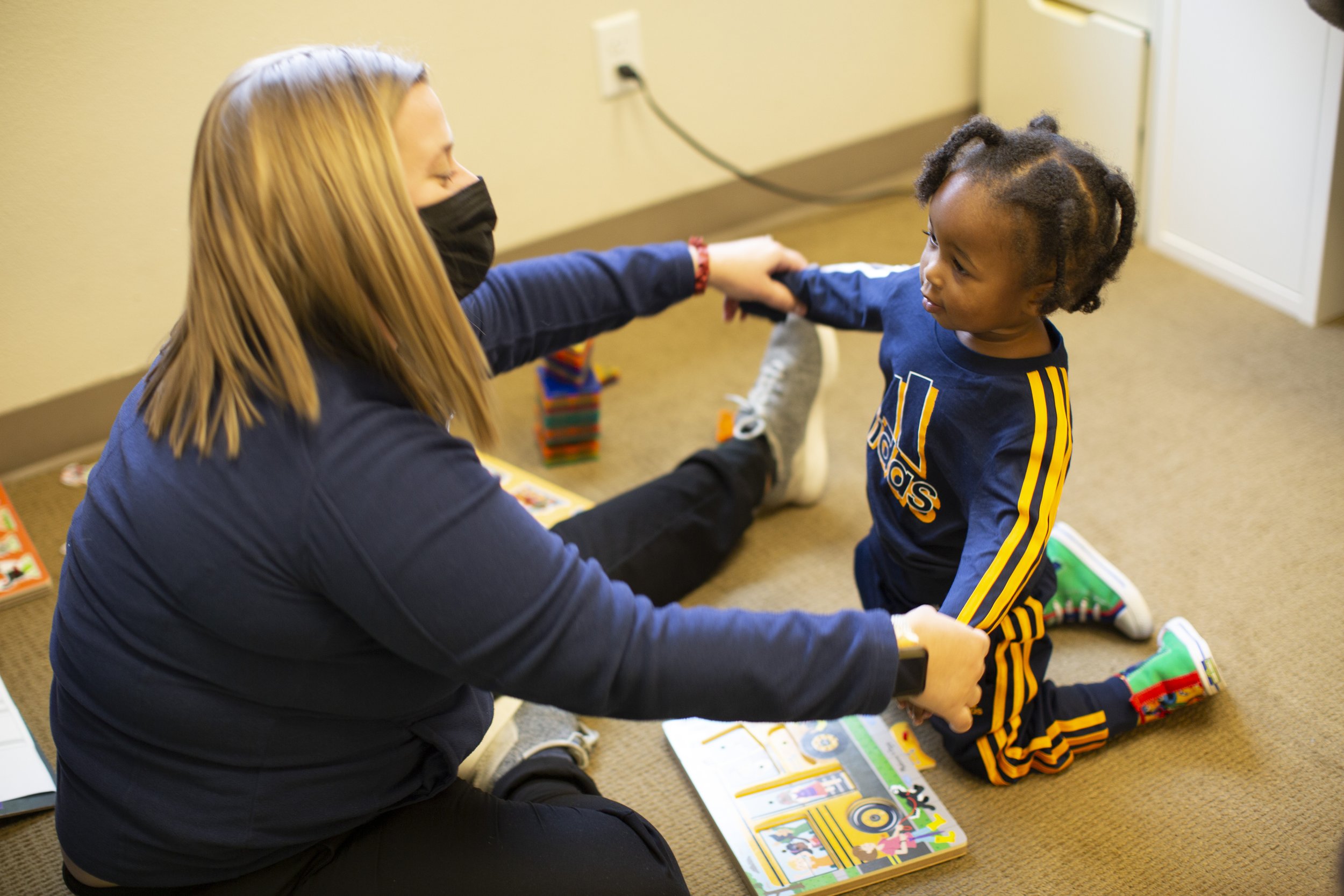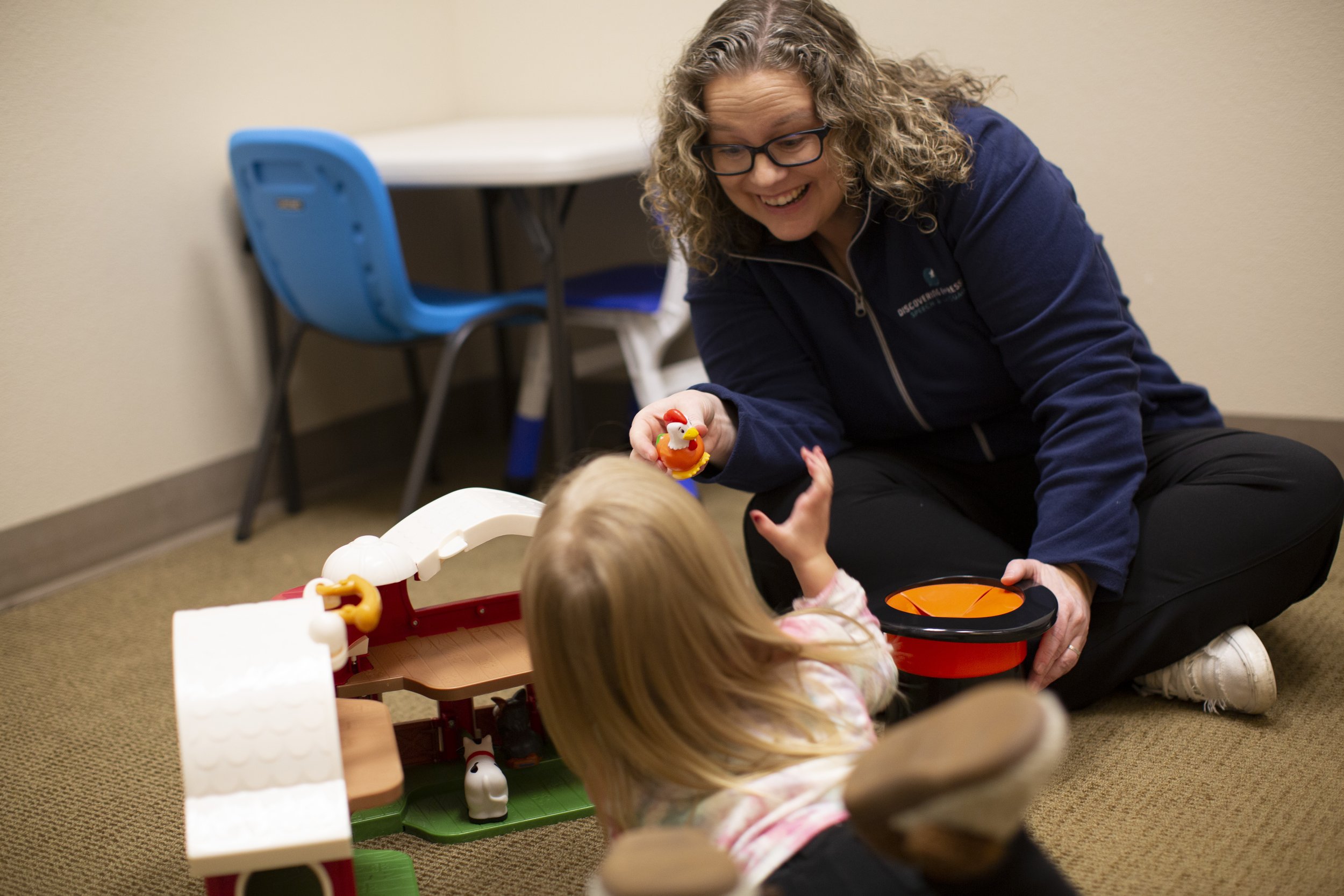Speech Therapy Terminology
What is Receptive Language?
Receptive language is your child’s ability to listen, understand and interpret the language spoken to them. Difficulties can include following directions, understanding stories, and responding to questions.
What is Expressive Language?
This is your child’s ability to express themselves to others. It includes the complexity of their vocabulary, grammatical structure, and ability to convey complex thoughts.
What are Speech Sound Disorders?
Speech sounds are your child’s ability to accurately produce the sounds of their language. Difficulty in this area may cause children to be misunderstood or unintelligible to others.
What is Childhood Apraxia of Speech (CAS)?
CAS is a speech sound disorder that affects the motor plan of the tongue, teeth, and/or lips or speech production. Children with CAS often have inconsistent speech errors and difficulty being understood by others.
What are Feeding Issues?
This is your child’s ability to try and maintain new foods within their food repertoire. Difficulties can include picky eating, refusal of foods, slow rate of consuming foods, abnormal chewing, etc.
What are Pragmatic Skills?
Pragmatics is your child’s ability to effectively and meaningfully connect with others through language. This can include conversational turn taking, topic maintenance, interpreting body language, etc.
What is Stuttering?
Stuttering is a speech disorder that causes regular disruptions to a person’s speech. Repetitions, blocks, and interjections can cause difficulty with effectively communicating one’s thoughts, ideas, and needs.
What is Literacy?
This is your child’s ability to both effectively read and write. A combination of phonemic awareness, phonics, reading fluency, vocabulary, and comprehension allows your child to become a strong reader and writer. Difficulties in one or more of these areas can cause your child to struggle to reach age level literacy skills.
What is Augmentative and Alternative Communication (AAC)?
AAC is a communication strategy that allows a person to use alternative communication methods (i.e. eye gaze, picture systems, computer software, etc.) rather than verbal communication. AAC can be a person’s sole communication method or it can be used in combination with other communication methods.









